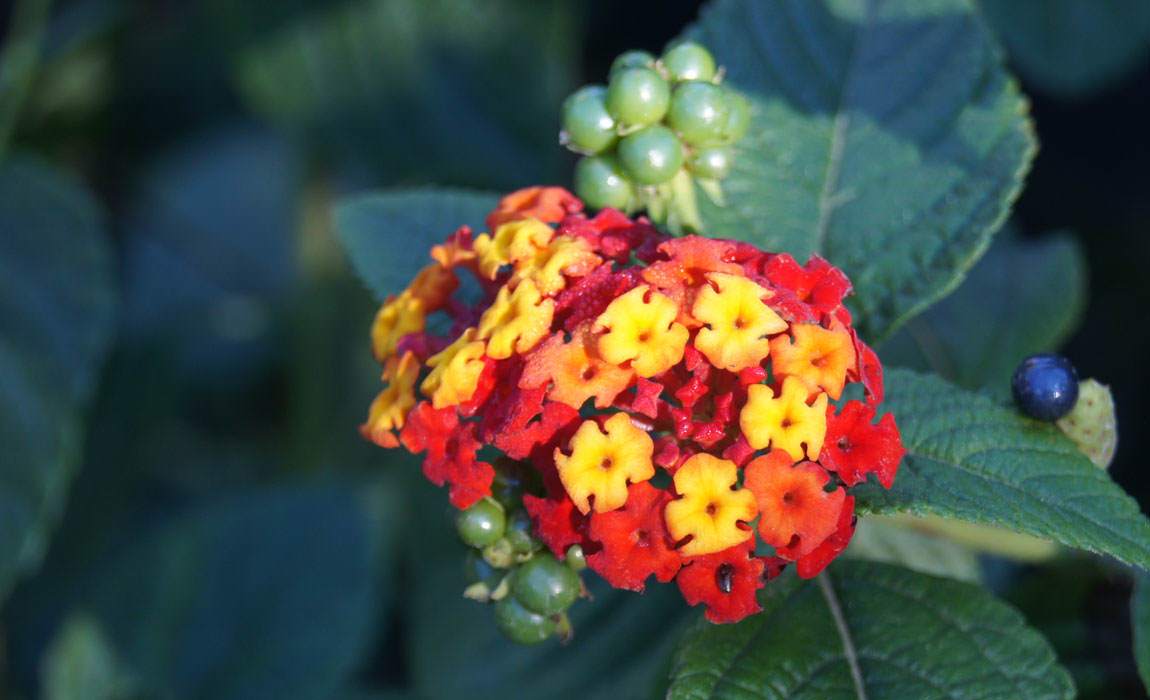Las Invasive species are species that are introduced naturally, accidentally or deliberately. in an environment that is not native and to which, over a period of time, they manage to adapt, establish themselves, adapt, reproduce and spread until they colonize the environment. This means that they form new populations that can have consequences for biodiversity, health and/or the economy.
According to the United Nations Development Program (UNDP), these are species are the second cause of biodiversity loss worldwidebecause, by adapting, they compete with native species for the same resources, and can even displace them from their territories and, in extreme cases, contribute to their extinction.
Remove invasive species from gardens
Since November, the Southeast Naturalist Association (ANSE) has been carrying out tasks to eradicate invasive exotic species (ISS). in several properties of the Cartagena City Councilsome of which are located in protected areas. The work, which is part of the Spartaria project, has so far included the removal and management as waste of 15 cubic meters of approximately 20 species of flora classified as invasive; Future evaluation work will be necessary in the coming months to eliminate sprouts and/or possible sprouts.
Under the 20 species eliminated, several species of prickly pear found or paleras (Opuntia sp.), pitas (Agave sp.), fake tobacco (Nicotiana glauca), the common reed (Arundo donax)several species of Australian acacias, known as mimosas (Acacia sp.), or the small Spanish flag (Lantana camera) among others*.
Of particular concern are the invasions of this latter species, the Spanish flag (lantana camera), detected in the pine forests of Atamaría, in the Calblanque Regional ParkMonte de las Cenizas and Peña del Águila. Despite its name, it is a species from tropical America and is considered one of the 100 worst invasive species in the world.
This kind, whole Traditionally used in horticulture for its abundant and long-lasting floweringproduces fleshy fruits that are regularly consumed by birds, the seeds being dispersed over considerable distances via feces. Each plant can produce an average of 12,260 fruits per year.
Until recently it was not considered a worrying invader in Spain, but it probably is The effects of climate change are driving its expansion.
Prioritize indigenous people
For all of the above, the Association makes a request to citizens, entities and government services replace these invasive species in your gardens (especially the Spanish flag and mimosas) by native species such as lavender or myrtle.
In the same way, ANSE reminds us of the danger of dumping pruning residues in plots and nature reserves and reminds us of the importance of managing this properly through the clean points, as these discharges are major sources of invasion.
This action is a first step towards the restoration of several habitats of Community interest especially 9570* Forests of Tetraclinis articulated and 5220* tree shrubs of Ziziphus lotusthese are ecosystems typical of semi-arid areas, very unique in the European context and shared with North Africa. In addition, these habitats are home to a large number of flora species protected by Decree 50/2003. The restoration tasks of habitats of Community importance will continue with the planting of more than 10,000 specimens of native flora over the next two seasons.
Project Spartaria
Spartaria is supported by the Biodiversity Foundation of the Ministry for the Ecological Transition and Demographic Challenge (MITECO) under the Recovery, Transformation and Resilience Plan (PRTR), funded by the European Union – NextGenerationEU. The Cartagena City Council is developing the project together with CARM, CETENMA and ANSE for 24 months.
The work was carried out on forest areas owned by the Cartagena City Council: Sierra de Atamaría (30 ha), in the Calblanque Regional Park, Monte de las Cenizas and Peña del Águila; Morra de los Monteses-Bocaoria (100 ha.) in the Sierra de la Muela, Cabo Tiñoso and El Roldán Natural Park: in the Alberque de Tallante (1.89 ha.), around the cemetery and sports fields of Perín (1.99 ha.) and in the mountain and fortress of La Atalaya (30 ha.).

